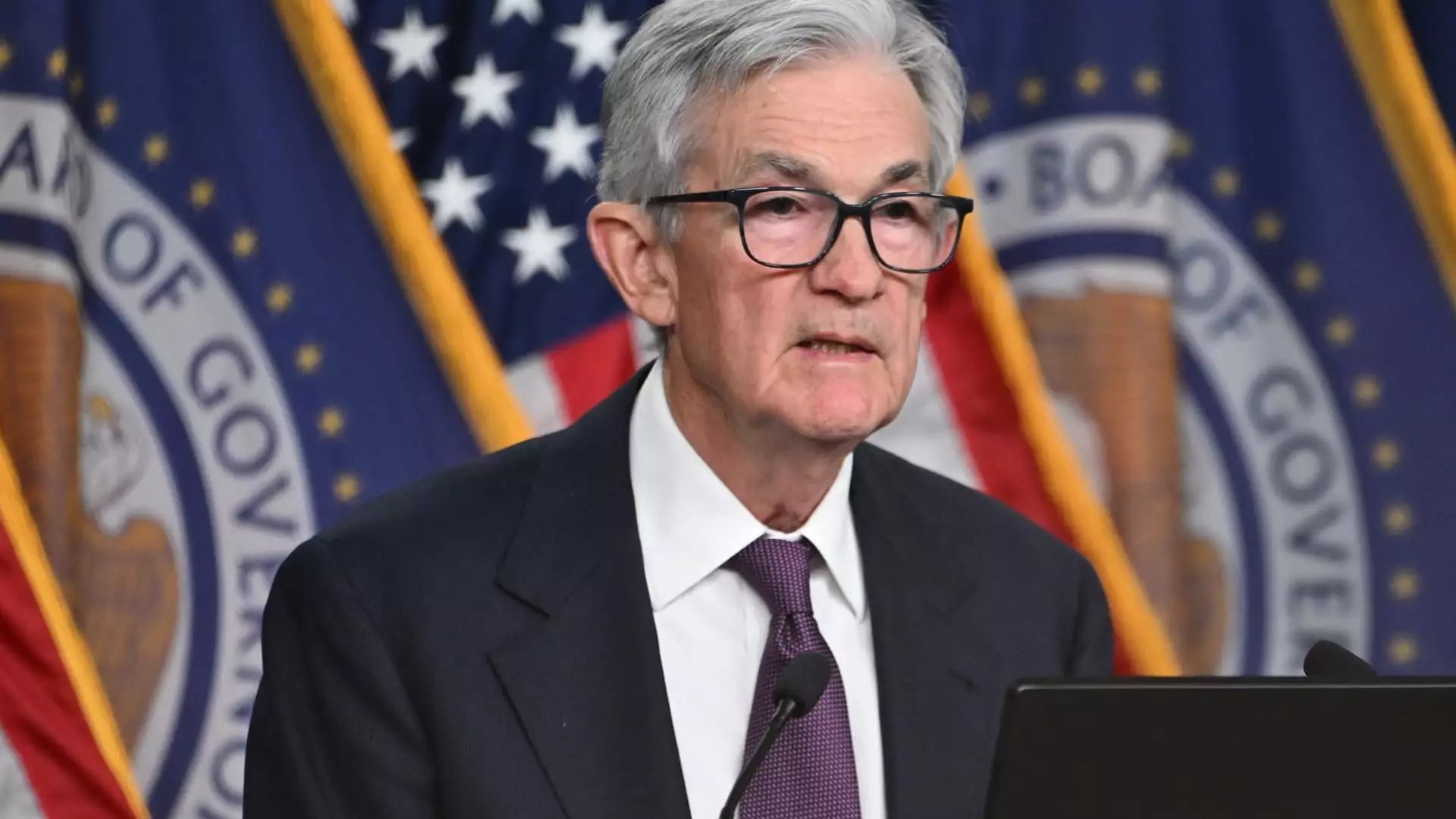The Federal Reserve’s recent decision to lower its key interest rate marks another pivotal moment in its ongoing monetary policy adjustments. On Wednesday, the central bank announced a quarter percentage point decrease in its overnight borrowing rate, a decision that underscores a deliberate shift in approach amidst a complex economic backdrop. This article delves into the implications of this rate cut, the response from markets, and what it indicates about the Fed’s future trajectory.
For the third consecutive time, the Federal Open Market Committee (FOMC) lowered its rates, bringing the target range down to 4.25%-4.5%. This adjustment returns the rate to levels seen as recently as December 2022 when the Fed was in a cycle of rate hikes aimed at curbing inflation. The key question that loomed over this meeting was not so much the cut itself, which was largely anticipated by analysts and investors, but rather the Fed’s signaling concerning future rate movements.
Despite the clear intention to ease, inflation remains above the central bank’s 2% target, complicating the rationale for continued cuts. The FOMC’s latest “dot plot,” which indicates members’ projections for future interest rates, suggests a more cautious approach moving forward. While two additional cuts are anticipated in 2025, this is a notable reduction from earlier projections, reflecting the Fed’s acknowledgment of the delicate balance it must strike between stimulating growth and containing inflation.
The immediate aftermath of the Fed’s decision saw a sharp sell-off in equity markets, with the Dow Jones Industrial Average plummeting by over 1,100 points. This reaction illustrates a disconnect between the Fed’s monetary easing and market expectations regarding future economic conditions. Typically, rate cuts signal to markets that the Fed is working to support economic growth; however, in this case, investors seemed to interpret the announcement as a sign of underlying economic weakness.
Furthermore, the adjustments in futures pricing highlighted a shift in expectations for future cuts, as traders began to anticipate a slower pace. This sentiment aligns with Chair Jerome Powell’s comments that the Fed is committed to a gradual approach moving forward, which he articulated during his post-meeting news conference. Powell noted that while the Fed “moved quickly” to adjust rates previously, they would now be more measured in their decisions.
The Fed’s decision to lower interest rates comes against a backdrop of relatively robust economic indicators. The updated projection for GDP growth in 2024 now stands at 2.5%, a notable increase from previous estimates. In addition, the unemployment rate is forecasted to reach 4.2% this year. Normally, such indicators of strength would suggest that rate cuts are unwarranted, yet the Fed appears concerned that maintaining higher rates could stifle growth and potentially lead to an economic slowdown.
Moreover, inflation projections have been raised, now estimated at 2.4% for headline inflation and 2.8% for core inflation. This increase indicates that inflationary pressures remain persistent, even amidst rate cuts, challenging the Fed’s long-term goal of achieving stable price levels.
As the Fed grapples with the complexities of the current economic landscape, it must also consider external factors that could influence its decisions. For example, fiscal policies anticipated under the new presidential administration could introduce new variables to the inflation equation, necessitating a reconsideration of the central bank’s strategy.
Powell’s remarks emphasize caution and a deliberate pace when assessing policy adjustments. “We need to take our time,” he stated, highlighting the importance of understanding the broader implications of fiscal changes and their potential economic impact. This reflects a recognition that rapid changes may not yield the desired outcomes in an economic environment characterized by uncertainty.
The Federal Reserve’s latest interest rate cuts represent a critical moment in U.S. monetary policy. As the economy faces challenges of persistent inflation and strong growth, the central bank’s cautious approach underscores the complexities of managing economic stability. Moving forward, the Fed will need to balance its dual mandate of fostering maximum employment while keeping inflation in check. This endeavor will require not only careful scrutiny of economic data but also an openness to adapt its strategies in response to market dynamics and external influences as they unfold. Thus, the path ahead remains intricate, with significant implications for both the economy and consumers.

